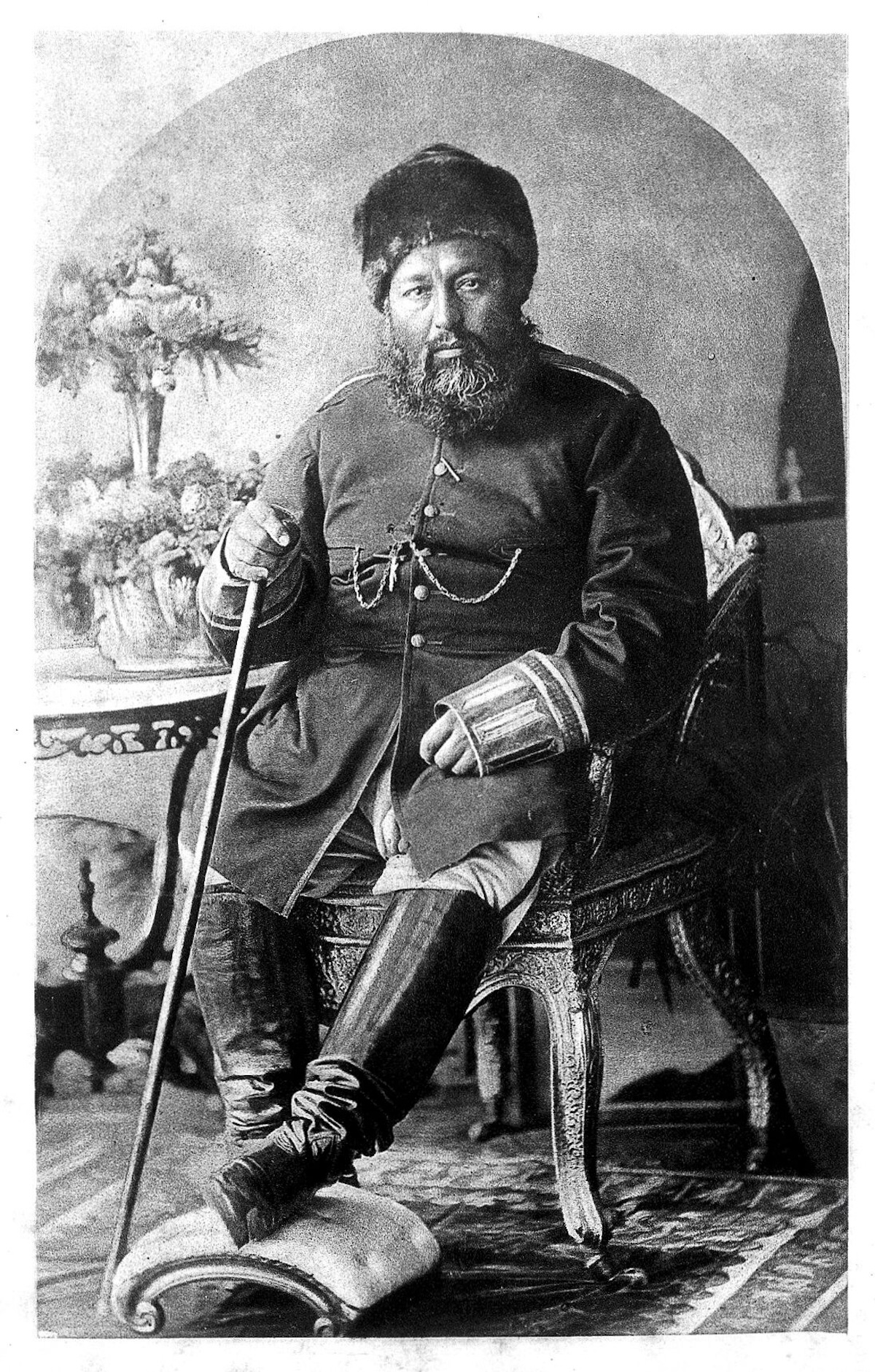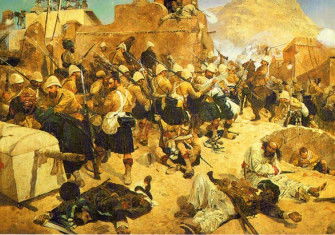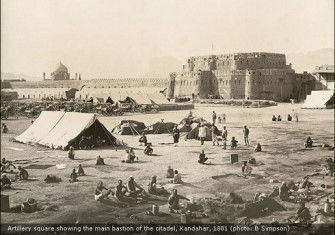The Iron Amir: Britain’s Afghan Legacy
In 1880, the British withdrew from Afghanistan. Abdur Rahman Khan, the new ruler installed after the Second Anglo-Afghan War, unified the fractured nation at a terrible cost.

The year 2014 sees the scheduled withdrawal of NATO forces from Afghanistan. The prospect of their departure continues to cause widespread concern that the Kabul government, without the support of foreign armies, will be swept away in a tide of civil war. There is even speculation that in this chaos neighbouring countries – Pakistan, Iran and the central Asian states – will be tempted to intervene and carve up Afghanistan among themselves.







